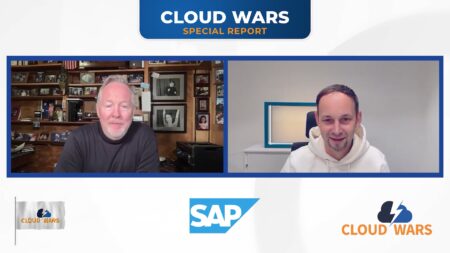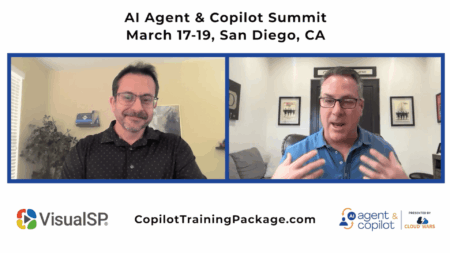Diversity and inclusion are more than just buzzwords to generate “warm and fuzzy” feelings. There are great examples of real-world changes happening that are impacting Women in Technology.
However, as technology evolves, and people evolve, there is an urgency to continue the necessary conversations. It’s all too easy to believe that disparity is resolved, and we can coast forward. Changing the norms requires consistent effort, tenacity, and an innovative mind.

In this episode, I’m honored to welcome Gayle Keller as she shares thoughts on these topics. Gayle has a passion to empower and encourage women in STEM to take calculated risks towards their goals and dreams. She gives a voice to women everywhere through her Theodora Speaks podcast.
Highlights
00:25 – Gayle Keller is the Chief Reinvention Officer at Gayle Keller LLC and Theodora Speaks. Along with helping women take calculated risks in their careers, she also works with companies and universities on gender inclusion initiatives.
00:58 – During the Community Summit event in October, Gayle spoke as part of the Women in Tech panel. She shares highlights from that event, such as exchanging ideas in person, the opportunity to foster collaboration, and supporting women in technology to be more confident in the workplace. A key takeaway that Gayle emphasized was that it’s not a debate about women versus men, but a conversation about how to work together.
04:52 – How has the conversation changed to encourage women in business and in technology? Although it’s trending in the right direction, there’s still work left to be done.
06:28 – If we see it, we can become it. If we don’t see it, we can’t become it. That’s where the gender gap lies.
06:58 – Why should I care? There are various factors that play into the gender pool becoming smaller. Whether you’re currently climbing the corporate ladder yourself or if you’re already an executive, you may be tasked to hire diverse talent. So, what kind of pool do you have to pull from?
Because it’s how we work together…it’s not a battleground of men versus women…it’s the inclusion. My big thing is helping women become more courageous and confident in their careers
08:27 – With an increasing acceptance of diversification in schools, is that acceptance translating into the workforce?
10:13 – Maintaining inclusion initiatives within your organization can prevent hiring simply to fill gaps. Furthermore, these frameworks enable a bigger and qualified applicant pool. Hiring managers need accountability to avoid hiring the wrong person.
11:03 – While using solutions to upskill and find talent is incredibly important, there are technologies that can still lead to an unfair hiring process. For instance, machine learning can help determine which candidates are qualified for a job. However, it can still exclude certain demographics, such as single mothers needing flexible hours. So, it would still result in an unfair hiring process. By recognizing these issues, you can adjust your systems to open up a greater pool of talent and be more inclusive when hiring.
13:54 – How are organizations going to adapt to attract the right talent? Accommodating flexibility is essential, especially in a post-pandemic work environment.
15:36 – Gayle shares her initiatives through partnerships with universities and companies to address topics, such as inclusion and diversity. Partnering with universities can start a new framework, modeling new expectations for the companies that students will eventually work for.






